Left Handed Gibson Les Paul Studio Review
Gibson guitars have long been one of the big names in guitar manufacture, and in rock music history. The Les Paul model has become one of the most iconic guitars ever, with legendary guitarists such as Jimmy Page, Slash, and Randy Rhoads all playing them for much of their careers.
In this left handed Gibson Les Paul Studio review, I’m gonna take a look at this ‘cut-price’ version of the classic Gibson Les Paul, and let you know what to expect from the lefty model.
Please note: Some of the links on this page are affiliate links, which means that at no extra cost to you, I may get a small commission if you buy anything when you click through. If you do make a purchase, then thank you so much! It really helps me keep this website going.
I first took notice of a Les Paul guitar, back in around 1988 or so when I first saw Guns N’ Roses and their guitarist Slash playing his guitar solo in the Sweet Child O’ Mine video. He looked pretty cool with his Les Paul slung low and the sound that came from his guitar really captured my attention.
It wasn’t until I started playing guitar in 1990, that I actually found out what that famous guitar model was called, and ever since then, I became more and more interested in Les Pauls and their famous tone. I decided that someday, I’d own one.
Years later I bought an Epiphone Les Paul Standard and loved that I could recreate the Les Paul sound of some of my guitar heroes; it sounded pretty sweet but I still wanted the real thing. A Gibson!
It wasn’t until 2013, that I actually got my first real Gibson Les Paul. It was a left handed 2006 Gibson Les Paul Studio with a wine red finish and chrome hardware. I would have preferred the gold hardware model, which was available for the Studio back then, but I couldn’t seem to get hold of one at the time.
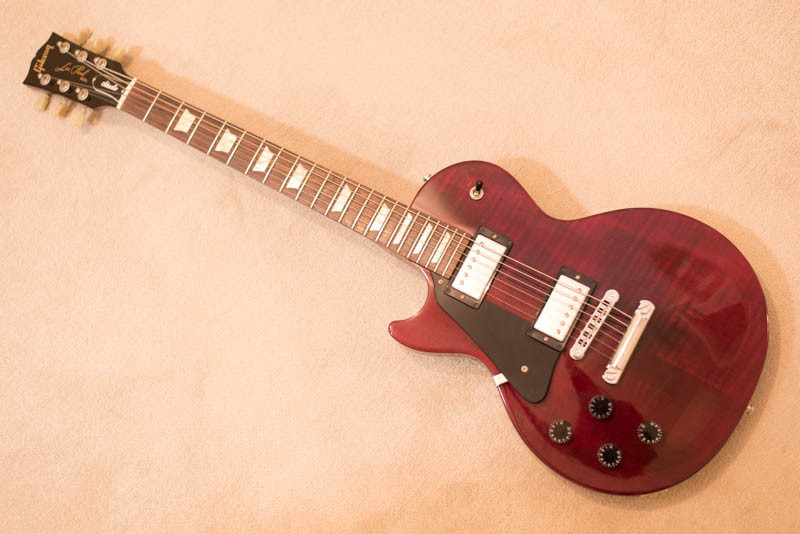
Unfortunately, the gold hardware isn’t available on the Les Paul Studio in the current lineup, which is a shame, as I think it’s a much nicer-looking option.
Anyway, I was so happy with my purchase and it seemed to sound so much better than my Epiphone.
Positive Grid’s Spark 40 Amp Reviewed! Is it the best practice amp?
Unmistakable Classic Sound at a (slightly) Cut Price
The 490R neck pickup sounded so much smoother and creamier than the Epiphone’s! That was usually my favorite pickup position to play on my Epiphone.
The 498T bridge pickup was no slouch either though! Its growl cut through as a Les Paul should and I found a new liking for playing in this position!
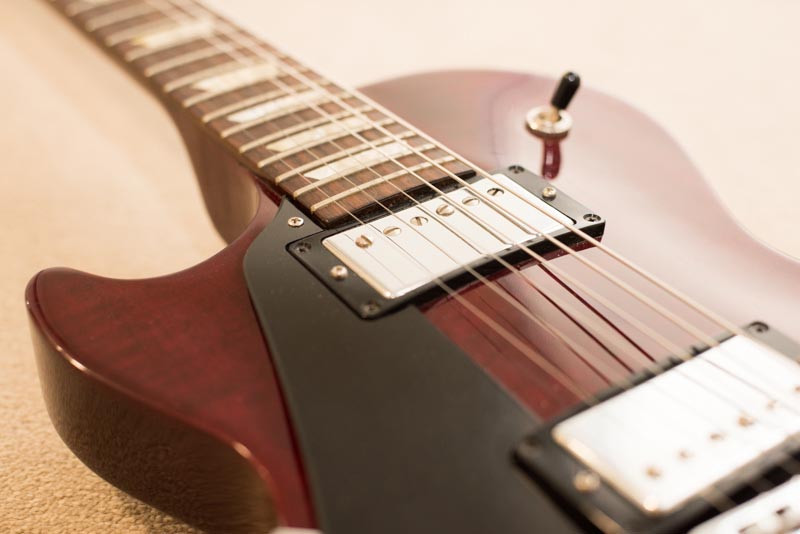
The Gibson 490R and 498T pickups at that time were the standard pickup configuration across Gibson’s Les Paul range, so even the Standards, Customs, and the now discontinued Supremes used them, so you knew you were getting the same sound with the Studio as you did with the higher-end models.
In more recent years though, Gibson uses the lower output Burstbucker pickup variants on many of the higher-end models.
The history of the Les Paul Studio began in 1983 when Gibson decided to offer the Les Paul at a lower cost by making them without the binding and fancy finishes compared to those of a Les Paul Standard.
As the name suggests, these guitars were designed for recording in the studio. Recording artists don’t need a fancy guitar to record; it’s the sound itself that’s the most important factor. The Gibson Les Paul Studio is a less flashy guitar, but in essence is still a genuine Les Paul, with that same classic sound!
So if you want a genuine USA Gibson Les Paul with the classic sound, but can’t afford or don’t care for the prettier Standard or Custom models, then this is definitely the guitar for you!
The Les Paul Studio models are still of a fantastic quality compared to a Standard model; you still get the same sound and craftsmanship, but for almost half the price!
It’s still quite expensive though.
How Does It Differ From a Les Paul Standard?
As mentioned above, the manufacture of a Les Paul Studio cuts out some of the features and processes used in Gibson’s other more expensive guitars.
One of these processes includes attaching the binding. You can see how much effort goes into the binding process in the Gibson factory tour video below:
So cutting out processes like these can seriously reduce the amount of time, effort, and therefore cost that it takes to build a Standard model, enabling Gibson to offer these great value guitars.
The Les Paul Studio is a real USA-made Gibson guitar; made by the same highly qualified and experienced people, in the same factories as the other Gibsons. So if you think you’re getting a cheaply made guitar from some outsourced factory in another country, then you’re gravely mistaken!
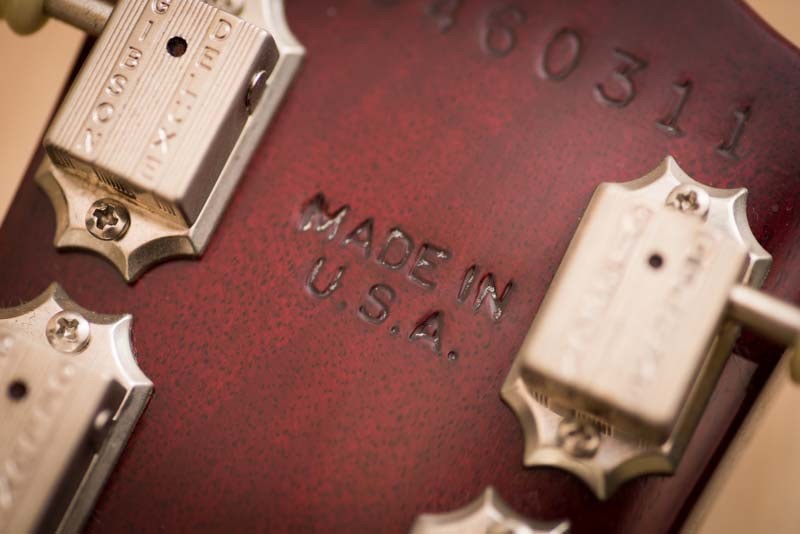
Here’s where Gibson has cut the cost on the Studio:
- No binding around the body – As seen in the video above, this seriously cuts the cost and production time down.
- Unbound fingerboard – Again, this removes another step from the manufacturing process.
- Lower-grade woods – This is a cosmetic factor, rather than anything to do with sound and resonance. Basically, some of the more expensive models have nicer-looking woods.
- Acrylic inlays – Some of the more expensive models use Cellulose Nitrate or Pearloid trapezoids, or Mother of Pearl blocks, but the Standard can also use acrylic inlays.
- Silkscreen logo on headstock – Silkscreen printing is done in a matter of seconds and costs significantly less than inlaid logos.
- Aluminum Nashville Tune-o-Matic bridge – The ABR-1 bridge is considered by many to be a superior bridge to the Nashville bridge.
- Gibson 490R/498T pickups – The Standard’s are BurstBucker series pickups (which ones depend on which Standard model you get) which are a more expensive pickup. The Standard previously used the 490R/498T pickup combo though.
- Plainer-looking finishes – Higher-end burst finishes are hand-sprayed and take more time and effort to do, and more coats may be required so drying time adds to the time it takes to produce some of them. Righty Studio models do have burst finishes, but not as high-end as the standard models.
- Soft Shell Case – Instead of a hard shell case, the Les Paul Studio comes in a soft shell one instead, further reducing the cost. They used to come in a hard case though!
With these changes to the manufacturing process, the time saved in making them is reduced by quite a bit. Gibson would probably be able to make several Studio models in the time it takes to build one Standard model.
Tell Me More About This Guitar…
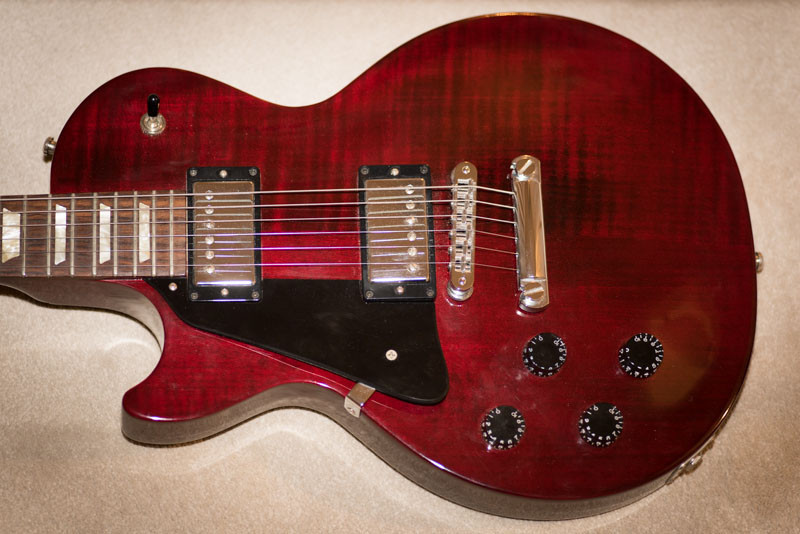
First of all, here are the Lefty Gibson Les Paul Studio’s 2021 specs:
- STRINGS: 6
- SCALE: 24.75″ / 628.65mm
- BODY: Mahogany
- TOP: Maple
- NECK: Mahogany
- FINGERBOARD: Rosewood
- FINGERBOARD RADIUS: 12″ / 305mm
- NUT WIDTH: 1.69″ / 43.05mm
- NUT TYPE: Graph Tech
- NECK PROFILE: Slim Taper
- FRETS: 22 Medium Jumbo (cryogenically treated)
- HARDWARE COLOR: Chrome
- TUNERS: Grover Rotomatic
- BRIDGE: Nashville TOM & Tailpiece
- NECK PICKUP: Gibson 490R
- BRIDGE PICKUP: Gibson 498T
The left handed 2021 Gibson Les Paul Studio is available in two different finishes; Wine Red or Ebony. Our right handed friends also get the added choice of Tangerine Burst and Smokehouse Burst finishes.
It’s a shame these burst finishes aren’t offered to us lefties, as they look really great in my opinion.
Anyhow, the Studio every bit as good sonically as a Standard model. Just without the cosmetic fluff.
Check price/availability at:
Build Quality and Construction
As I mentioned before, the Les Paul Studio is built by the same people who make the more expensive models, so build quality is not an issue. It’s just a stripped-back, less fancy end result.
When I first got my 2006 model, I could totally feel the difference in quality between it and my Epiphone model. The nitrocellulose lacquered finish felt so much nicer to the touch than the polyurethane finishes that were on my other guitars. That’s not to say polyurethane lacquers aren’t good, this just felt nicer to me.
You have to be more careful with a nitro finish though, as they aren’t as hard-wearing as poly finishes, and are more susceptible to showing dings and scratches. It can also have a slightly ‘sticky’ feeling to it at times.
The body is very slightly thinner than a Standard’s, but this isn’t noticeable when you play.
The lefty Gibson Les Paul Studio has a Slim Taper neck profile made from mahogany with a rosewood fingerboard featuring 22 medium jumbo frets. On my model, I have a thicker ’50s profile neck, so may not be as easy or fast to play. The fit and finish is very nice though, with no rough fret ends and level frets throughout; great quality control overall.
Obviously, this guitar is a stripped-back version of the more luxurious Les Paul Standard, as detailed earlier on in this review.
The 2021 Les Paul Studio is solid, but not too heavy (around 8 and a half pounds / 3.8kg), due to the ultra-modern weight relief.
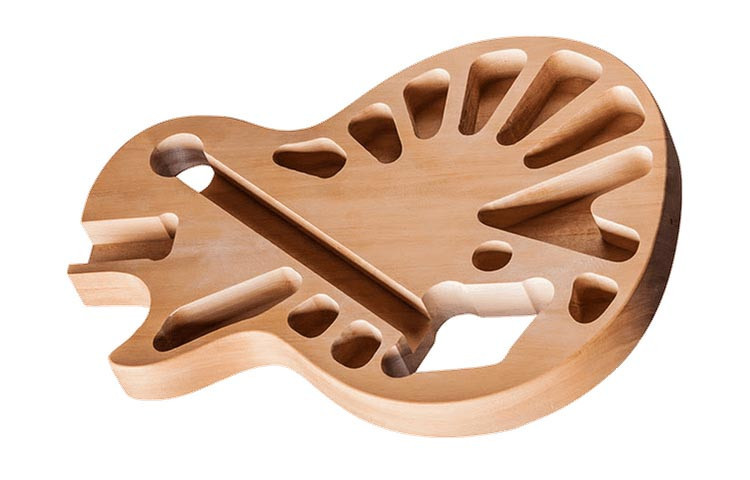
I personally prefer a Les Paul at around this weight, or even heavier, and this was the only thing I didn’t like so much when I first got mine, which is chambered and weighs in at only 7lb 4oz (3.3kg). My Epiphone was quite a bit heavier by comparison at 8lb 10oz (3.9kg).
Otherwise, the Les Paul Studio is just like many other Les Pauls; mahogany body and neck, giving the Les Paul its renowned sustain, together with a maple top, giving it the familiarly thick low end, and a slight fizz on top.
Gibson seems to have addressed problems with quality control since 2018 or so after Gibson’s reputation had taken a dive. Much of the blame had been placed on the long-time owner and CEO of Gibson, Henry Juszkiewicz. The company even faced bankruptcy, along with many problems concerning quality control, in a bid to cut corners and save money.
Hopefully, those days are behind Gibson for good, and they’re getting back to producing guitars of the highest quality.
Check price/availability at:
Hardware
The hardware on the lefty Studio comprises Gibson’s aluminum Nashville Tune-O-Matic bridge which keeps everything nice and stable; it’s a classic design that keeps things easy if you want to change your action or intonation.
My 2006 model came with the vintage style Gibson Deluxe tuners, but these days the Studio is equipped with Grover‘s high-quality Rotomatic tuners, which many consider to be the industry standard.
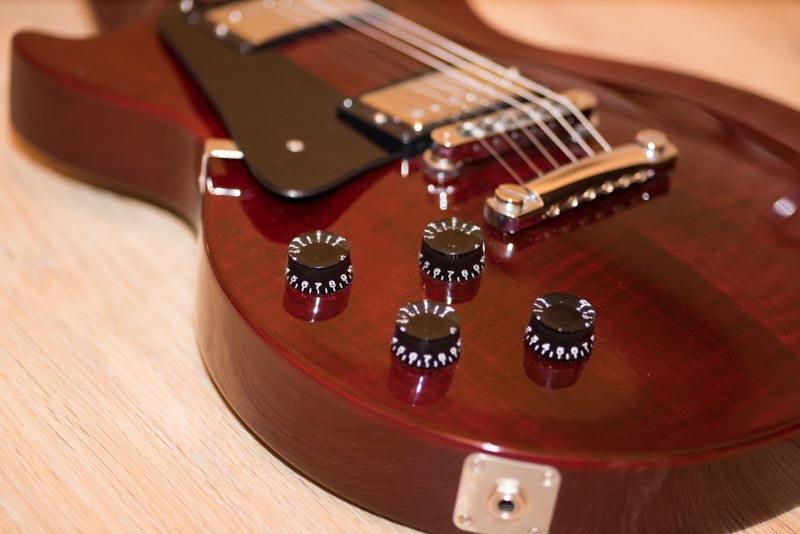
The Studio is also fitted with Black Gibson Speed knobs for volume and tone controls, as opposed to the Gibson Top Hat knobs on the Standard. Aesthetically, I prefer the Top Hats, but in practice, the Speed knobs, for me, are much easier to use, especially if you want to split the coils, as they’re easier to grab hold of and pull.
This is really a personal preference thing though, as both do the job.
How Does it Play?
The Les Paul Studio feels great to me; easy to play, though obviously, it’s much harder to play fast like you can on an Ibanez or super-Strat of some kind. That’s not what this guitar is about though, and I’m not much of a shredder anyway.
It’s not too heavy, so playing it for extended periods is fairly easy on the neck, back, and shoulders, thanks to the ultra-modern weight relief.
This is all down to personal preference, but in my opinion, the weight of a guitar doesn’t really affect my playing. I just accept that different guitars feel different from each other, and ultimately you get used to how they feel in your hands.
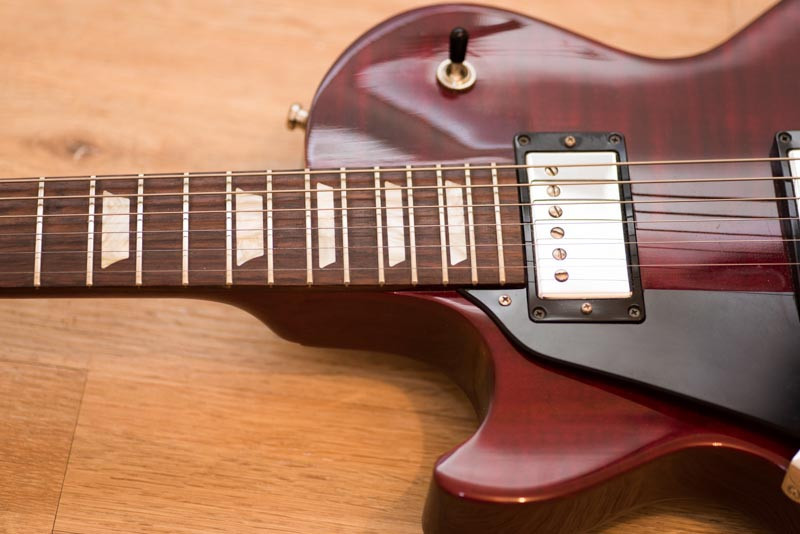
The higher frets are easy enough to get to, but the heel is bulky enough to slightly get in the way, causing a small hindrance to your thumb, so it can’t really go much further beyond the 15th fret without you having to adjust your grasp of the neck to include part of the body. So at these very top notes, things can get ever-so-slightly uncomfortable, but it’s not a big deal really.
How Does it Sound?
Basically, it sounds like a Les Paul, and that’s a great thing! You get that classic tone that we all know and love.
The 490R/498T pickups do the job, and do it well, giving you the fantastically thick Les Paul sound. Remember these pickups used to be standard across the Les Paul range.
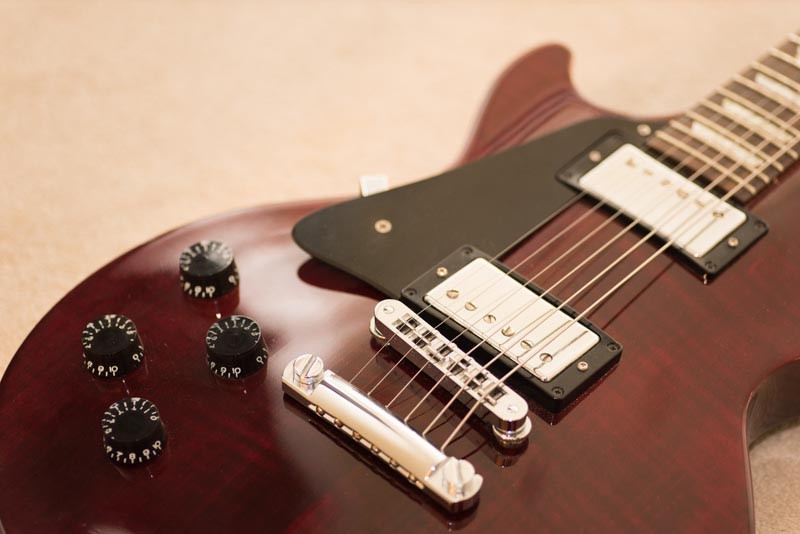
Gibson has since refined the sound of the Standard with the Burstbucker pickups, but the 490R/498T set still sounds great with their clear, punchy treble sound at the bridge (498T), and the warm and creamy rhythm tone at the neck (490R). These pups sound particularly good when overdriven.
The volume controls employ push-pull pots, allowing you to coil-tap the humbuckers, giving you a nice sounding P90 single-coil tone.
Who is the Gibson Les Paul Studio for?
Gibson Les Paul Standard doesn’t come cheap, neither do Gibson Les Paul Customs. In fact, most Gibson Les Pauls are a tad on the expensive side for a lot of guitarists.
So this is a great guitar for anyone wanting an authentic Gibson Les Paul sound but with a slightly smaller price tag. If cost is an issue, or you don’t really care about any of the fancy decorative stuff, like the binding and inlays, then you could do a whole lot worse than go for a Gibson Les Paul Studio instead.
To save even more cash, you could go for a used model. To save even more, there are also the Tribute models too, which are also available in lefty configuration.
What’s Good About the Gibson Les Paul Studio?
There’s no doubting that the Gibson Les Paul Studio is a fantastic-sounding guitar. Here’s what I like about them:
- Almost half the price of the Les Paul Standard.
- A great guitar that has an authentic Gibson Les Paul tone.
- It’s a real USA-made Gibson guitar.
- Craftsmanship is still very high, even though it’s ‘cut price’.
What’s Bad About the Gibson Les Paul Studio?
Really, for me, I can’t really fault the Les Paul Studio. However, here are a few things you may want to consider before buying:
- If you like all that fancy stuff, such as binding, inlaid Gibson logo, etc. then you need to get a higher-end model. Either that or a very good Gibson copy.
- Plainer looking finishes than the higher-end Gibson Les Pauls.
- No hardshell case (although the soft cases are pretty damn nice!).
- Higher fret access is somewhat more difficult to reach than some of the more modern guitar designs.
Is the Gibson Les Paul Studio a Good Guitar?
Yes! In my opinion, the Les Paul Studio is a great guitar, and sounds very much like a Standard, albeit without having all the fancy trimmings.
It’s a fantastic version of an iconic guitar and has the same classic tone, and is a genuine USA-made Gibson for almost half the price of the Standard model.
As the name suggests, this guitar was made for the studio, forgoing unnecessary things like good looks, which you might want if you’re playing on stage; it’s the sound that’s important.
As it uses the same pickups that the old Les Paul Standard models used, it has pretty much the same sound and tone as those old Gibson Les Paul Standards, and it sounds really great, especially with a bit of overdrive.
It’s very well built, using good quality materials and construction; only less fancy than its more expensive siblings.
Overall, it’s a fantastic sounding guitar at a more affordable price than the Standard model.
What do you think of the Gibson Les Paul Studio? Does it live up to the Standard model, or is it just a pale imitation? Please comment below.
Summary
A great guitar; sounds very much like the Standard model, albeit a stripped back version without the fancy trimmings.
Pros
- Almost half the price of a Standard model.
- Classic Les Paul tone sounds fantastic.
- Sounds great when overdriven.
- Great Gibson build quality.
Cons
- Doesn’t look as nice as higher-end Gibson Les Pauls.
- Plainer finish that the Standard models.
- No hard shell case.
- Access to the higher frets aren’t always easy to reach.
Conclusion
A genuine USA-made Gibson for almost half the price of the Standard model. It’s a fantastic version of an iconic guitar with the same classic tone and playability, and at the same time, well built with good quality hardware.
Check price/availability at:


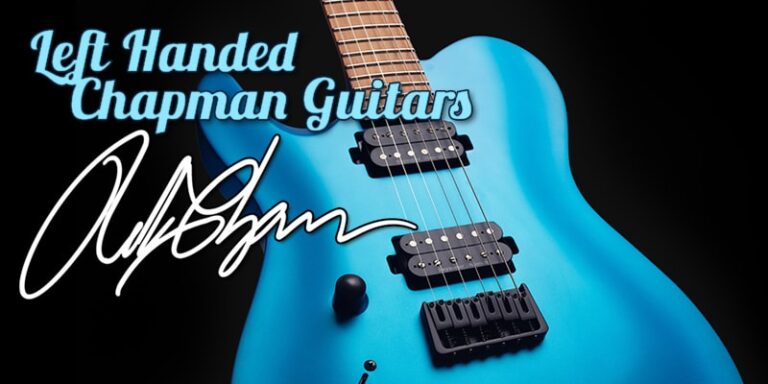
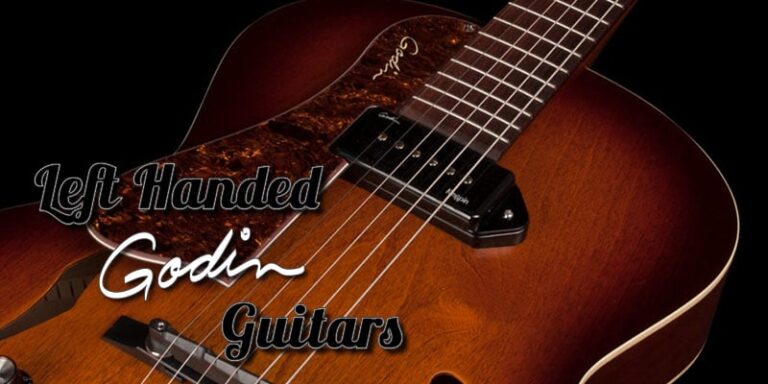
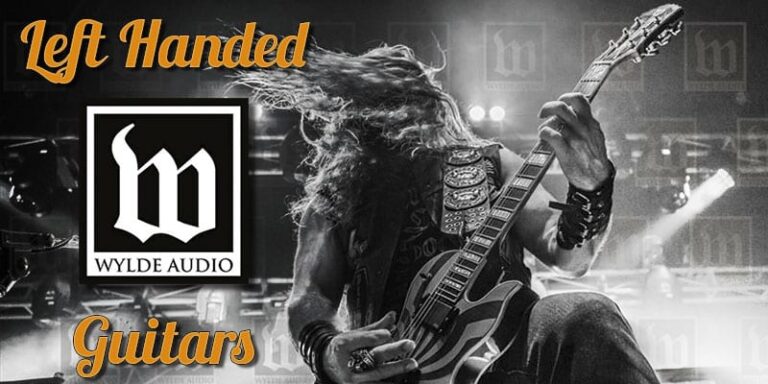
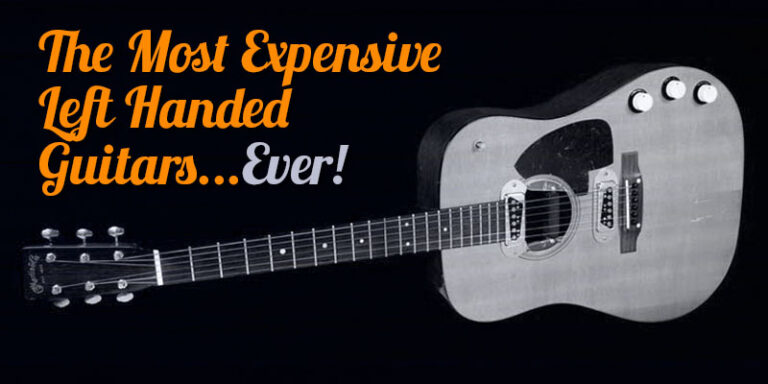
I think you forgot to mention those pick ups are ceramic which I dislike immensely
Hi Stewart, thanks so much for reading, and for your comment.
At the time of writing this review, the Les Paul Studio had a 490R/498T set fitted. The 490R having Alnico 2 magnets and the 498T Alnico 5 magnets.
The new 2025 Les Paul Studio has Burstbucker Pros fitted, which are Alnico 5.
A lot of people seem to dislike ceramic pickups, but I guess it’s a very subjective thing.